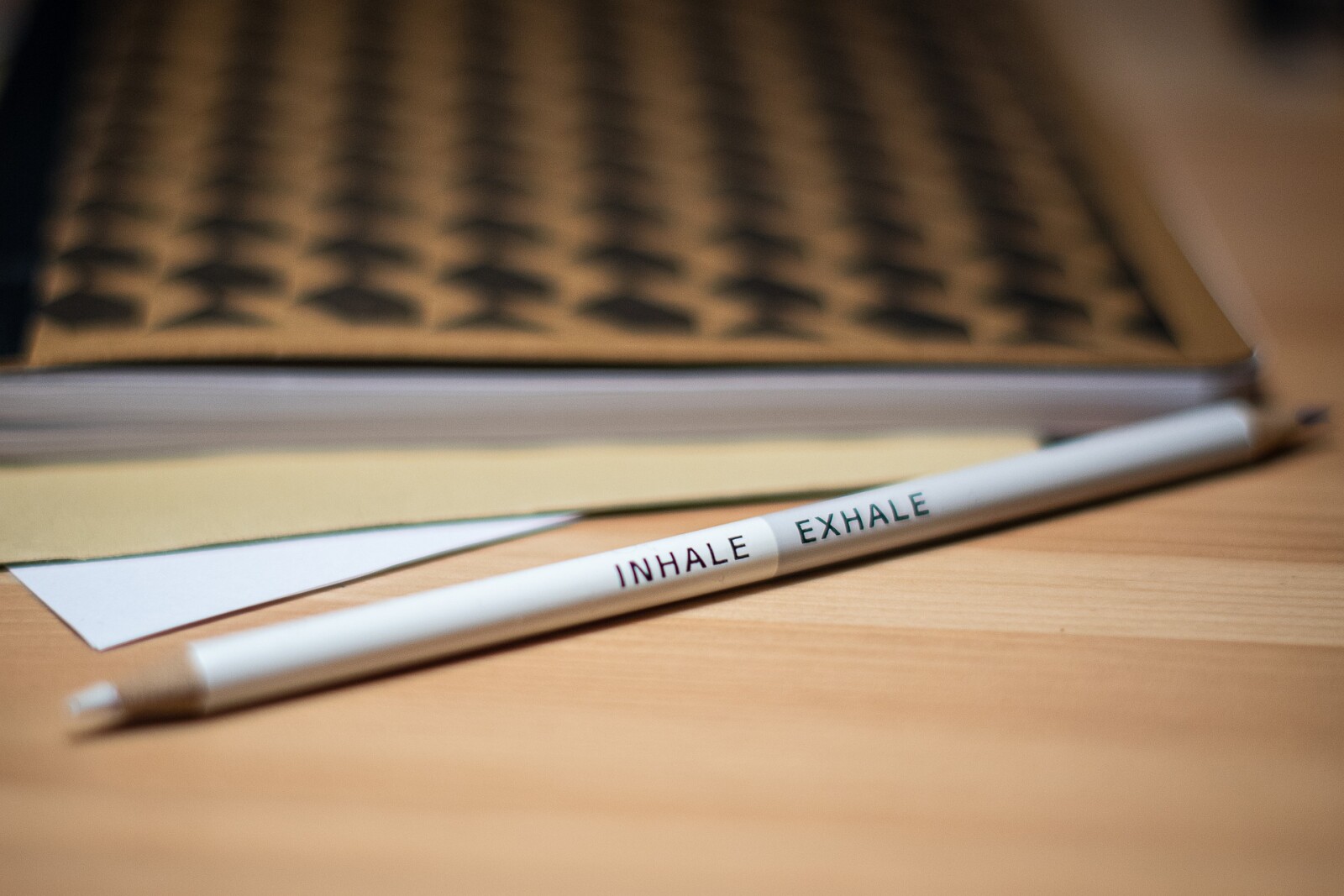
Like many people, I learned that one way to help calm down is to “take a deep breath.” (And yes, I told you in an earlier blog to do that!) A very common breathing pattern to take this further is “square breathing,” where you breathe in, hold it, exhale, and then hold it, all for the same length of time (commonly a count of four).
Years ago I went to a weekend introductory training for Life Force Yoga, with Amy Weintraub. (www.yogafordepression.com)
That weekend we focused on learning many different breathing patterns because it is NOT one-size-fits-all when it comes to shifting moods.
I was surprised to learn that for an awful lot of people, a big inhale is more energizing/activating. If they need to lower their level of arousal, it is often because they are not fully exhaling!
Let’s take a little detour to talk about the vagus nerve. It’s the longest cranial nerve, and it connects to most of the organs in the abdominal cavity. It’s unique in that the majority of impulses are going toward the brain, rather than from the brain. It’s a crucial way our brain gets information from the rest of the body.
When impulses come into the brain, it uses them to determine if there is the need to activate the “fight or flight” response. Alternatively, if the “fight or flight” response is already activated, we can send use this nerve to send an “all clear” signal so the sympathetic nervous system knows to stand down.
Breathing deeply and evenly can mimic the body readying itself to address the danger. In contrast, slowing down the exhale is sending the message that things are okay, and the danger (if there was any) has passed.
This is one of the simplest breathing patterns I teach almost everyone, and it’s easy to remember: make your outbreath longer than your inbreath.
Here’s a quick video example:
(Note: if you are reading this in an email and the video isn't showing, click the link above to "view online.")

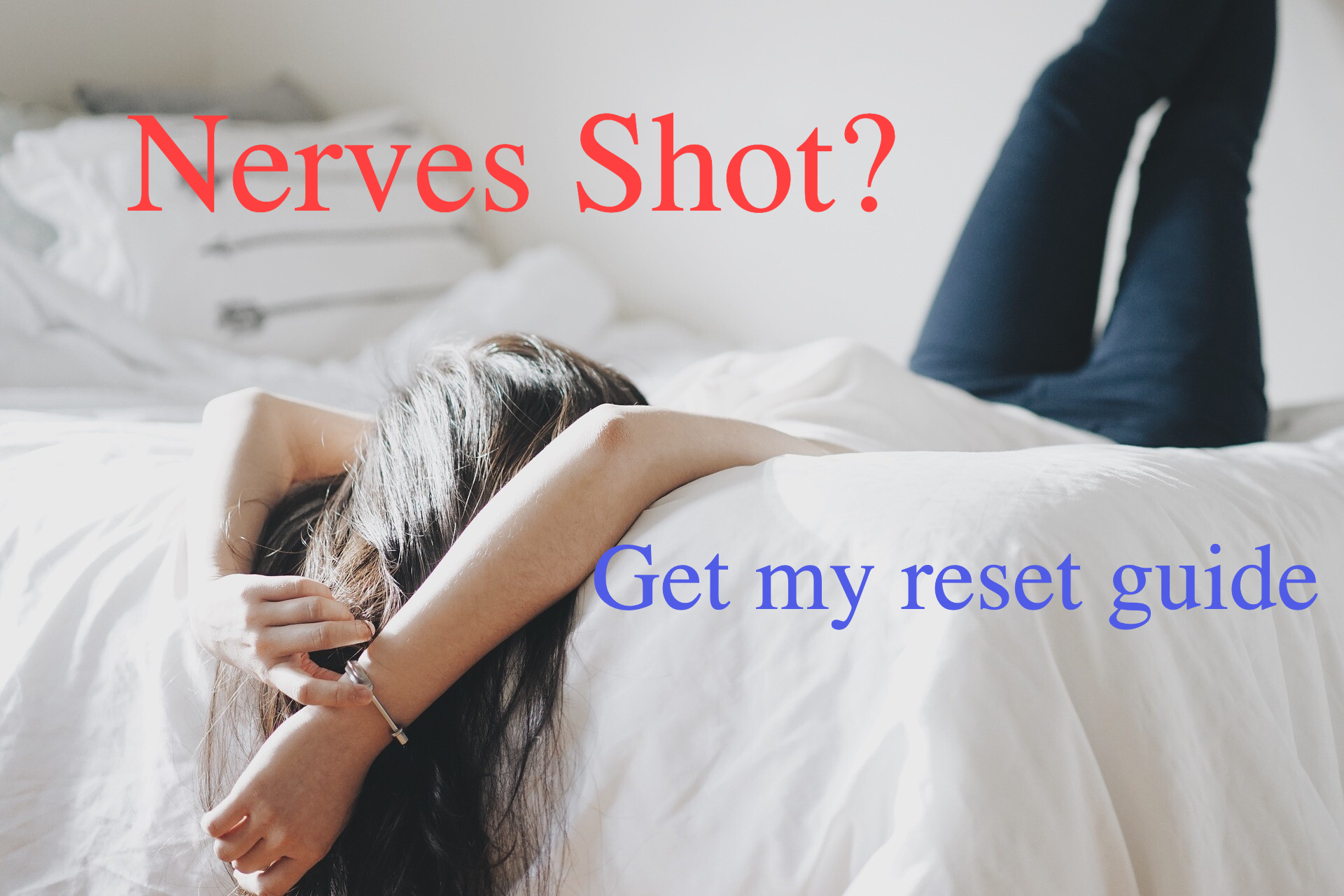

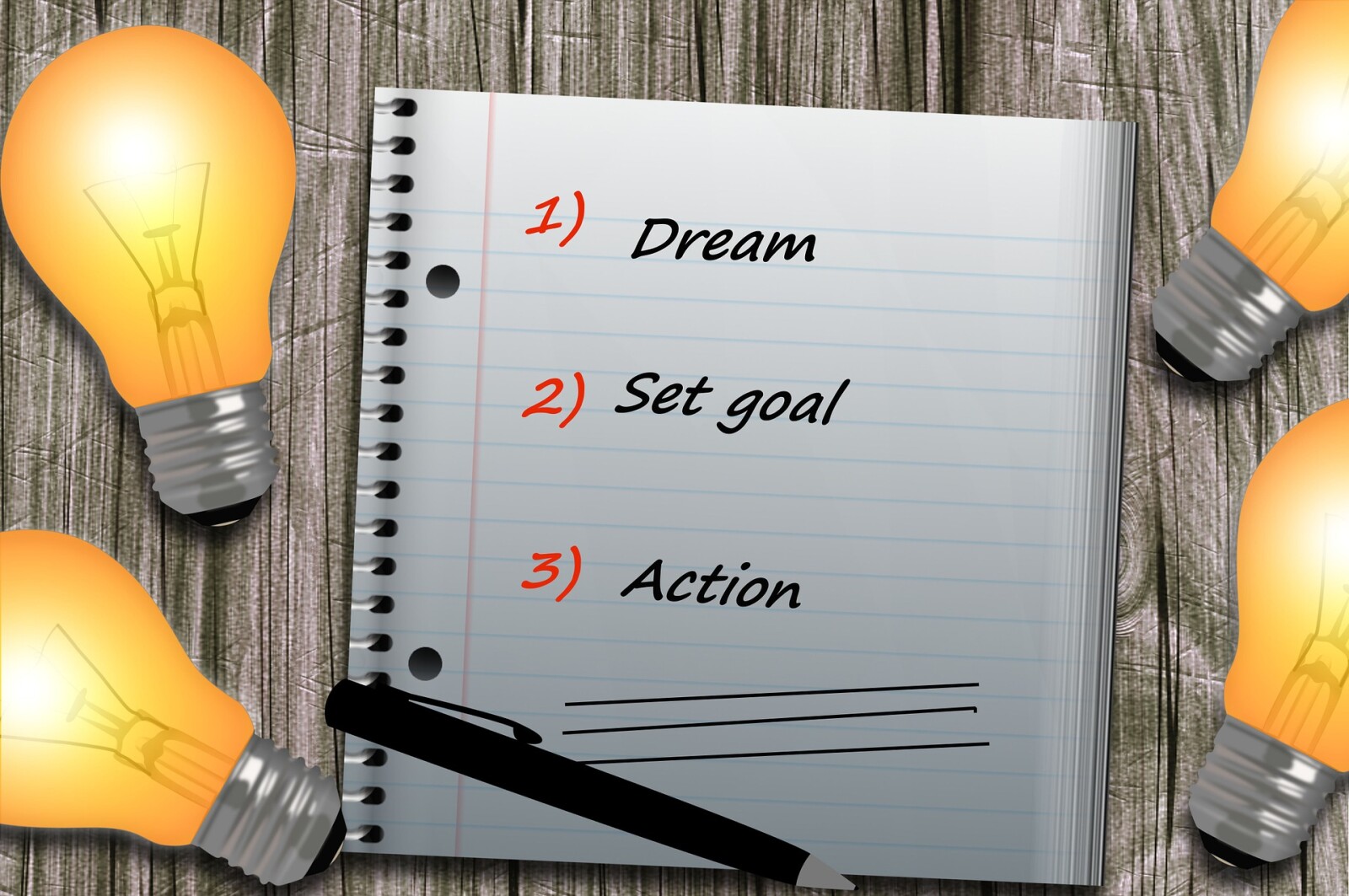

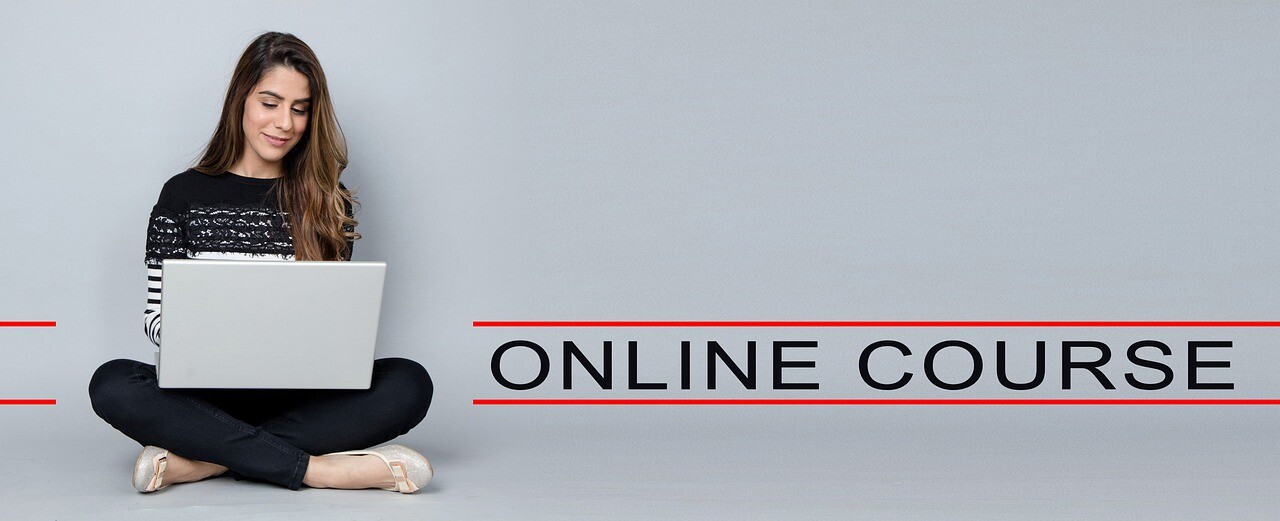


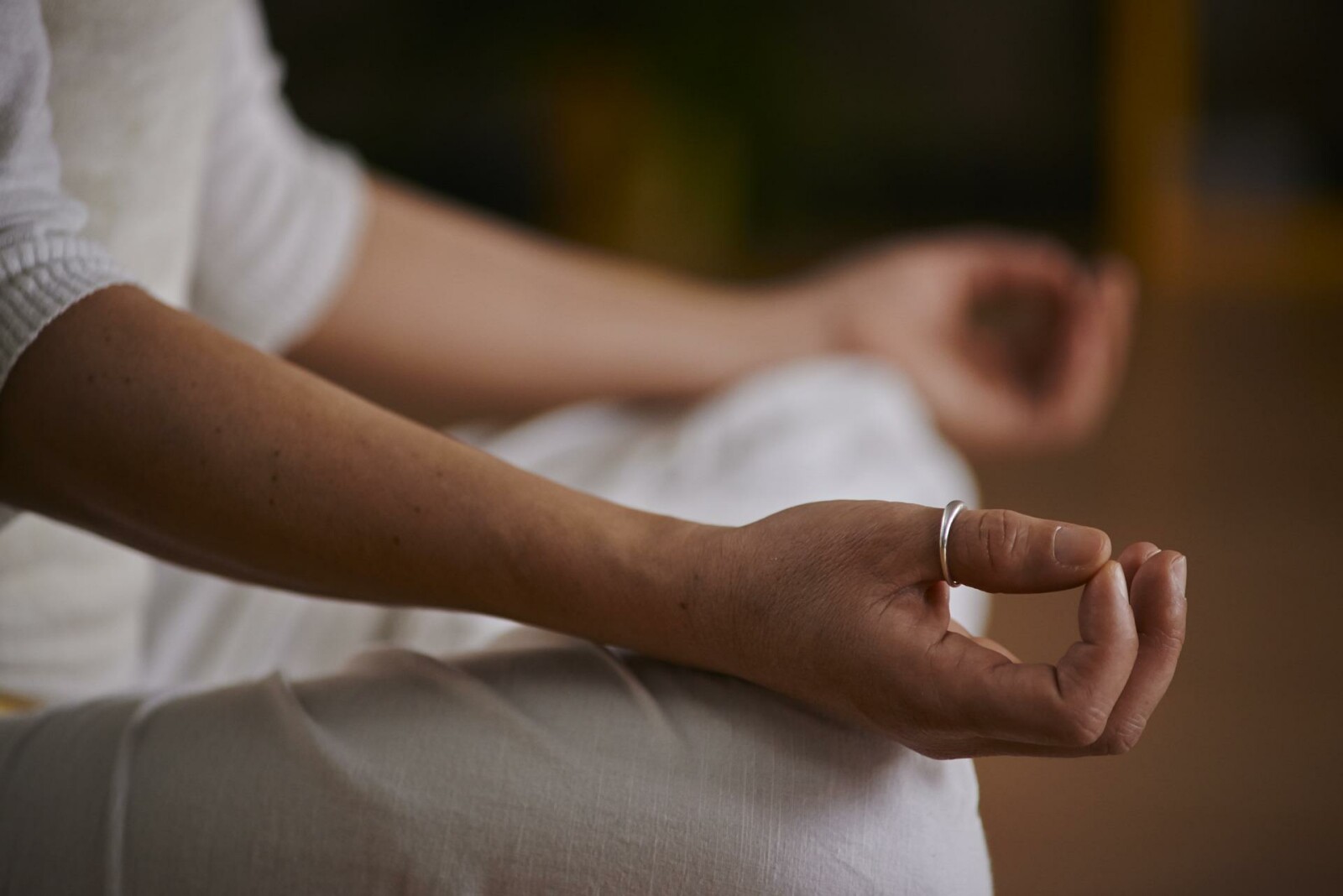


0 Comments